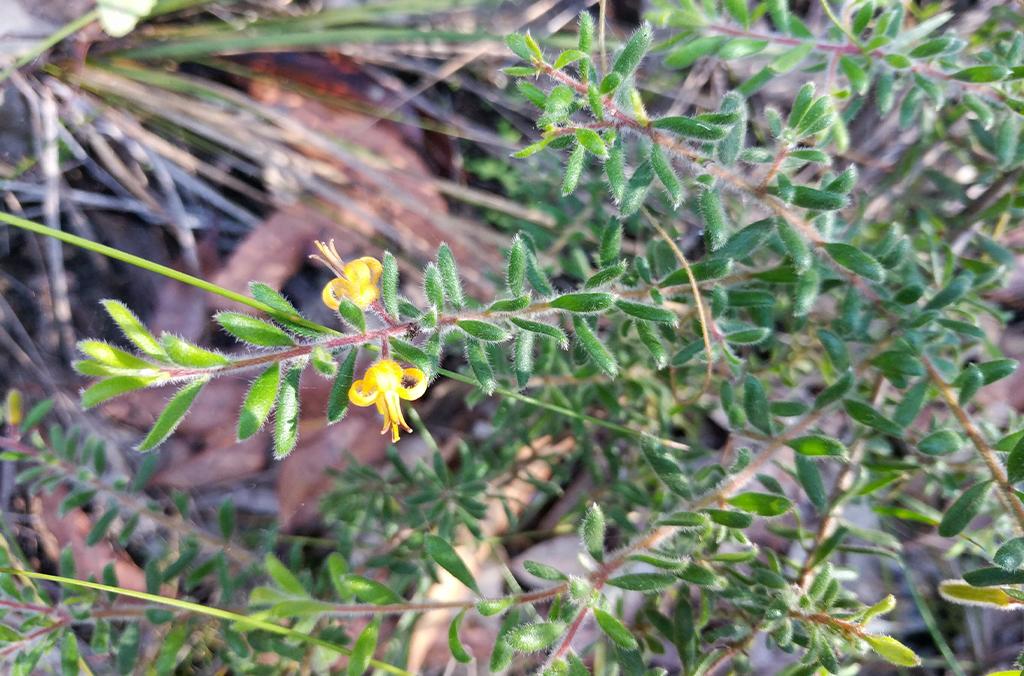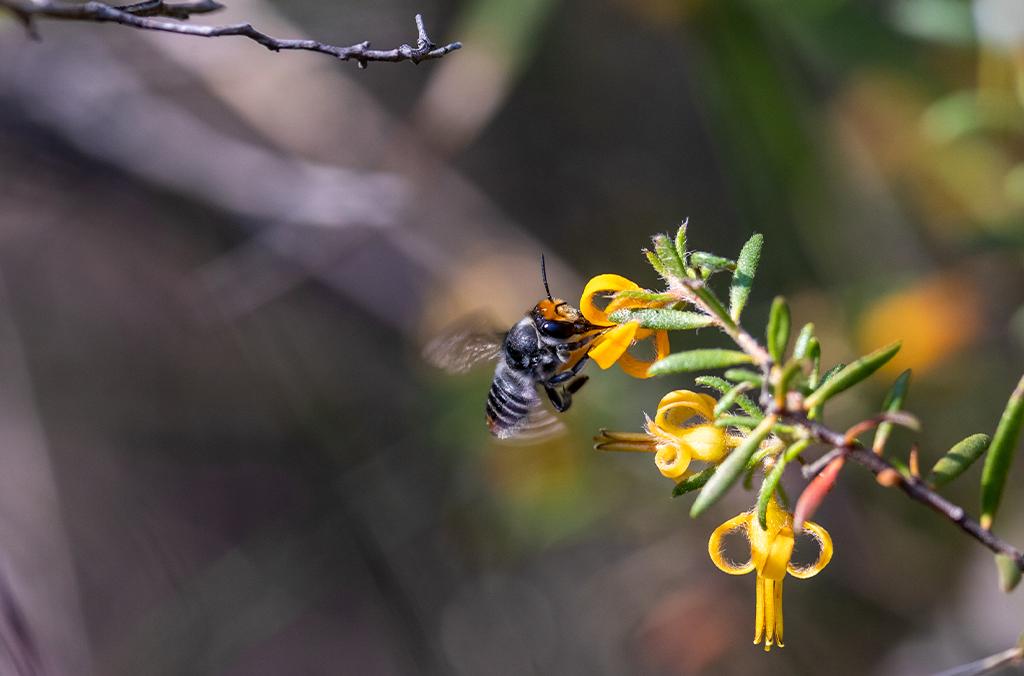Persoonia conservation
Persoonia, known as Geebungs in eastern Australia, are notoriously difficult to grow and many are rare or endangered. Persoonia only occur in Australia.
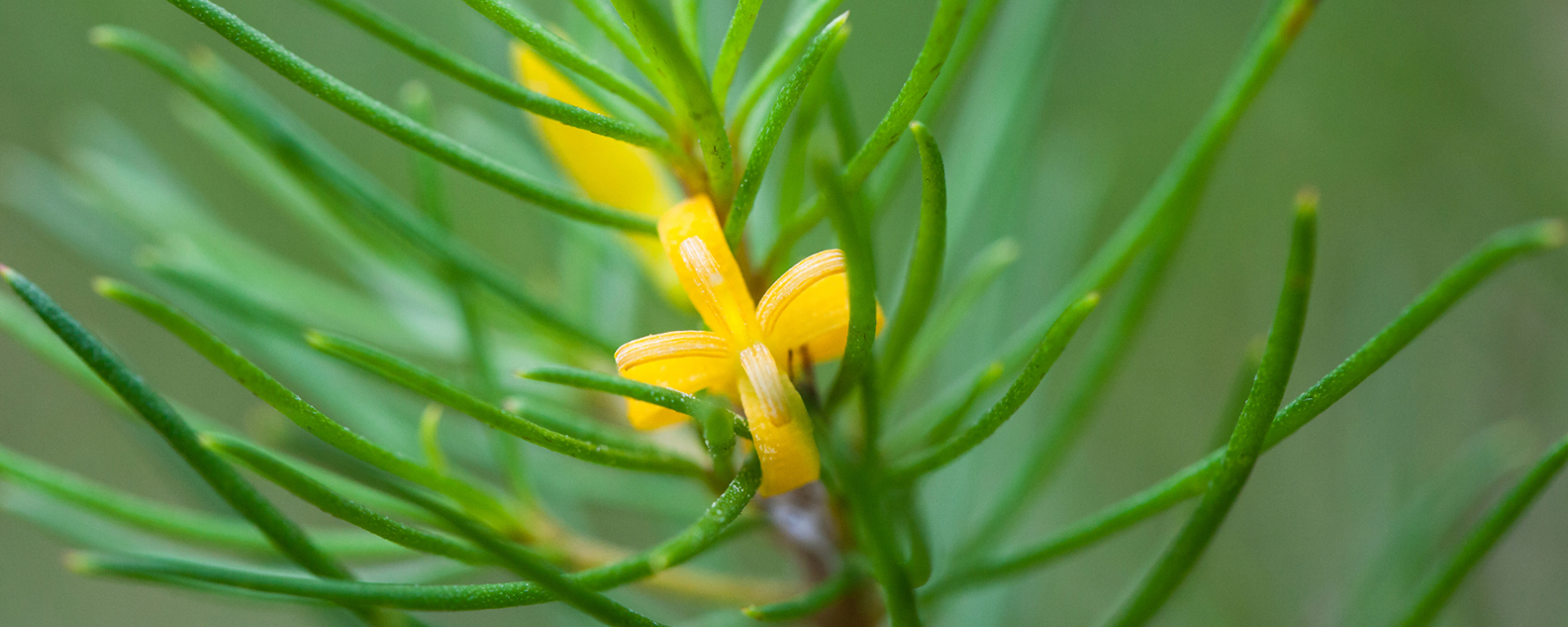
Some Persoonia species are rare and threatened. Our research is vital for the development and implementation of translocation programs for these species, ensuring their populations will persist in the wild, while also being included in future restoration programs.
It is our aim to provide this information to growers and researchers on how best to produce and conserve these species.
Seed biology
Persoonia fruits are knowns as drupes. Within the outer fleshy layers is a hard, woody endocarp that protects the seed. The endocarp must break down in the soil before germination can occur. This process can take 12-24 months to occur (depending on environmental conditions) and also makes Persoonia difficult to germinate in the lab.
Just as Persoonia seeds take a long time to germinate in the wild, they also very time-consuming and slow to germinate in a laboratory. This is because we need to remove the fleshy outer layers and the endocarp. Currently, we remove the endocarp one fruit at a time.
Our current methodology at the Australian PlantBank has been simplified and can be replicated outside of a laboratory (with some modifications), and fruits can be batch processed or done individually.
Understanding Geebung seed biology
Mechanical dormancy (genus wide) is created by a woody endocarp that protects the seed and restricts germination. We know that at least 50% of the endocarp must be removed for germination to occur. When dispersed from the plant, the endocarp is strong enough to withstand up to 40-50kg of force before cracking!
Physiological dormancy (species specific) occurs as the seeds themselves may require specific temperatures to relax dormancy and germinate. In some cases, the temperature requirement can be overcome by using gibberellic acid (GA3). Some species may experience dormancy cycling between seasons as observed in Persoonia pauciflora.
1. Fruits should be separated from any significant detritus, placed in sealed plastic bags and left at room temperature to ferment for 2-3 weeks.
2. Soak fruits in sterile water for 15 minutes to soften the outer exocarp and fleshy mesocarp layers.
3. Remove fruits from the water and physically macerate fruits to separate the pyrene (endocarp + seed) from the fleshy layers. If working with small numbers of fruits:
a. Squeeze the pyrene from the outer layers using forceps; or,
b. Peel away the fleshy layers from the pyrene using forceps.
4. Wash and clean pyrenes in sterile water with a weak bleach solution (~1-2%).
5. Rinse and pat dry pyrenes and place in a drying room (15°C and 15% relative humidity) for at least one week.
The pyrenes (endocarp + seed) can then be vacuum-sealed and stored as an ex situ conservation collection or used for propagation work. There are also several issues that can occur when germinating Persoonia seeds in the lab, including prolific microbial contamination, very low seed fill and damage when cracking the endocarp. Surface-sterilising seeds can help reduce microbial contamination.
We find there is little if any increase in germination success when seeds are pre-treated with gibberellic acid (GA3) or smoke. When germinating Persoonia seeds, we often achieve greatest success mimicking spring temperatures.
Persoonia hirsuta germinants on water agar.
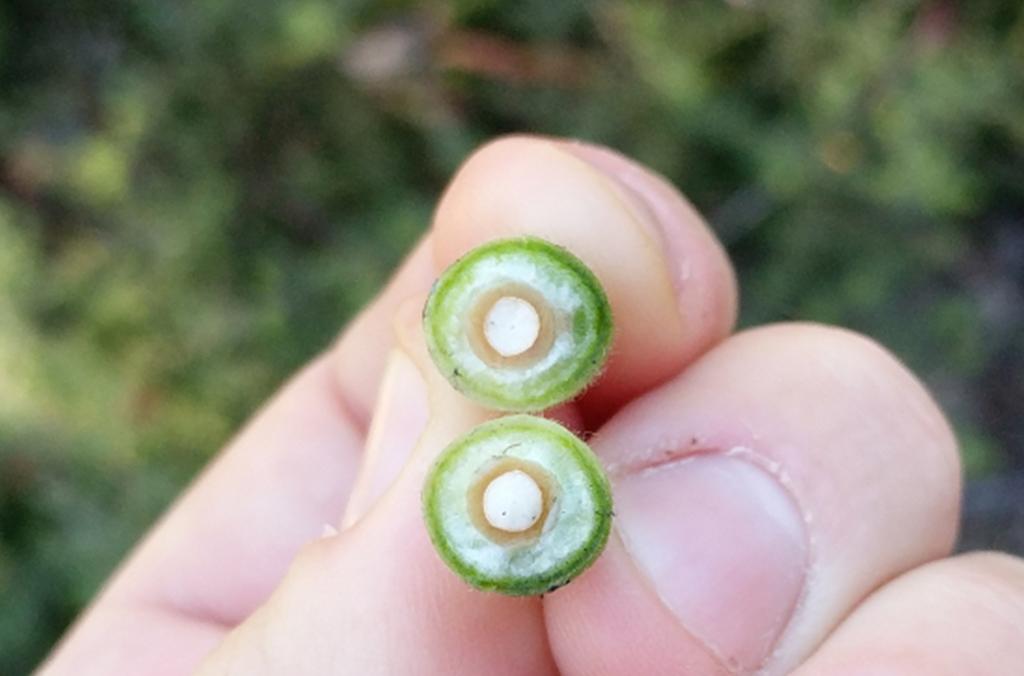
Cross section of a Persoonia hirsuta drupe. 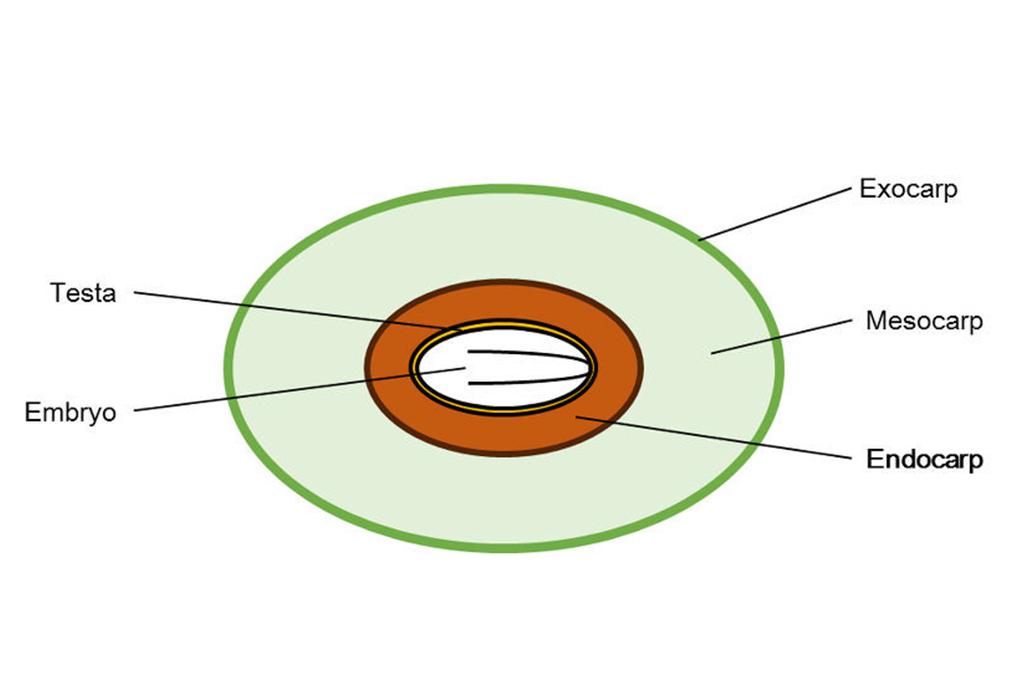
A diagram showing the structures inside the drupe. Highlighted in bold is the endocarp which protects the seed and must break down or be removed for germination to occur.
Reproductive biology
Unlike other Proteaceae species such as Banksias, Waratahs and Grevilleas that have large, showy inflorescences that are typically pollinated by vertebrates, Persoonia species have small, inconspicuous yellow flowers that are typically pollinated by bees.
Notably, native Leioproctus bees are the most common pollinator of both rare and common Persoonia species in eastern Australia. The European Honeybee (Apis mellifera) is also a frequent visitor to Persoonia flowers but its effectiveness as a pollinator relative to native bees is uncertain. Other native bees known to visit Persoonia flowers include Tetragonula, Exoneura, Megachile, Amegilla and Xylocopa. We have also observed beetles, ants and wasps visiting flowers, but these insects appear to eat pollen grains rather than pollinate multiple flowers.
We have conducted experimental hand pollinations on two threatened Persoonia species and both have a breeding system that preferences out-crossing. That is, significantly more fruits are produced when flowers are pollinated with pollen from another plant. This type of breeding system is very common in Persoonia and highlights their reliance on bees for reproduction and additional plants nearby.
Persoonia species have small, inconspicuous yellow flowers that are typically pollinated by bees.
Translocation
Our research on threatened Persoonia species is helping to prepare and implement translocations of propagated plants. Translocations increase plant numbers in the wild to minimise local extinction risk.
Our staff have led multiple translocation events for three threatened Persoonia species, which has returned around 1,400 plants to the wild. Our translocations are undertaken using an experimental framework, which helps us to understand the planting techniques that have a positive effect on plant survival and growth. For several translocations, we have used both plants propagated from seeds and vegetative cuttings do determine if one performs better than the other.
We have been involved in four translocation events for the critically endangered Persoonia pauciflora and two translocation events for each of the endangered Persoonia hirsuta and Persoonia hindii. Two translocations of P. pauciflora were established outside of its distribution to help buffer the species from environmental impacts.
Ideally, Persoonia plants should be at least 12-24 months old before translocating as this ensures the plants have developed a suitable root system to minimise any impacts of translocation shock and subsequent environmental stresses. Results regarding propagation type have been mixed, with Persoonia pauciflora plants grown from vegetative cuttings outperforming plants grown from seeds, while the converse was true for Persoonia hirsuta. Seed-grown plants, however, are more likely to produce a larger, more complex root system over a shorter period which may improve survival and growth rates. Protecting plants from herbivores is critical to translocation success and mulching plants using local site leaf litter also helps to retain soil moisture around the plants.
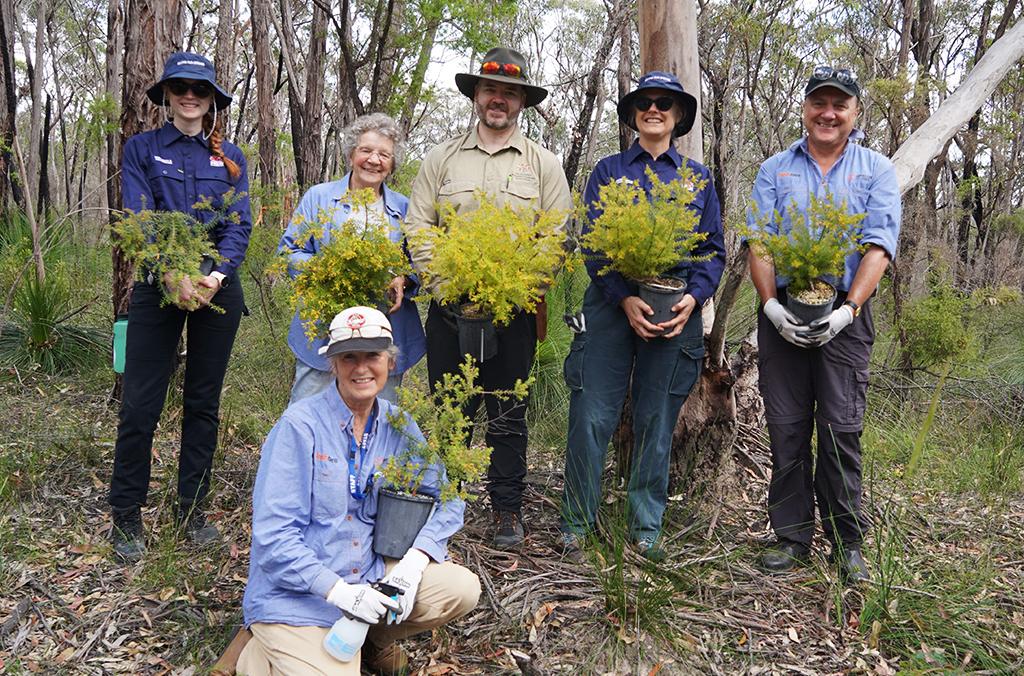
Dr Nathan Emery is working with the Kentlyn Bushcare group, in south-west Sydney, to provide conservation, propagation and translocation advice. 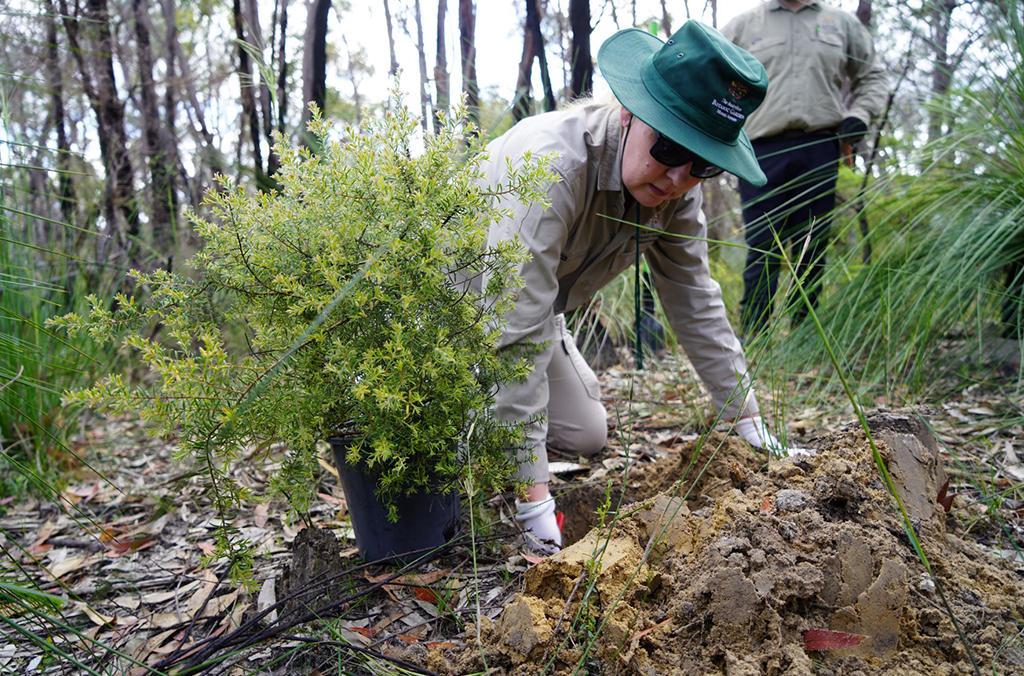
Kentlyn bushcare group members assist in restoring the plant back into the wild. 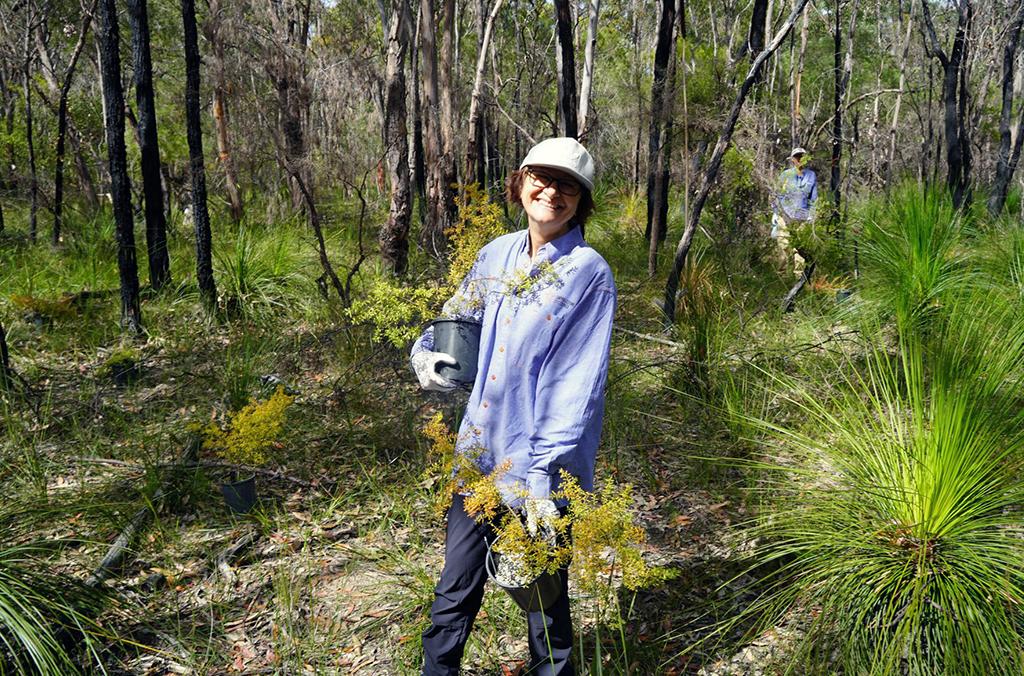
Kentlyn bushcare group members assist in restoring the plant back into the wild.
